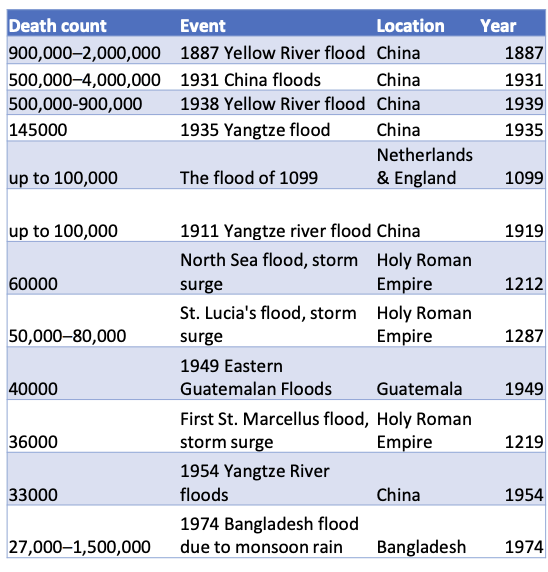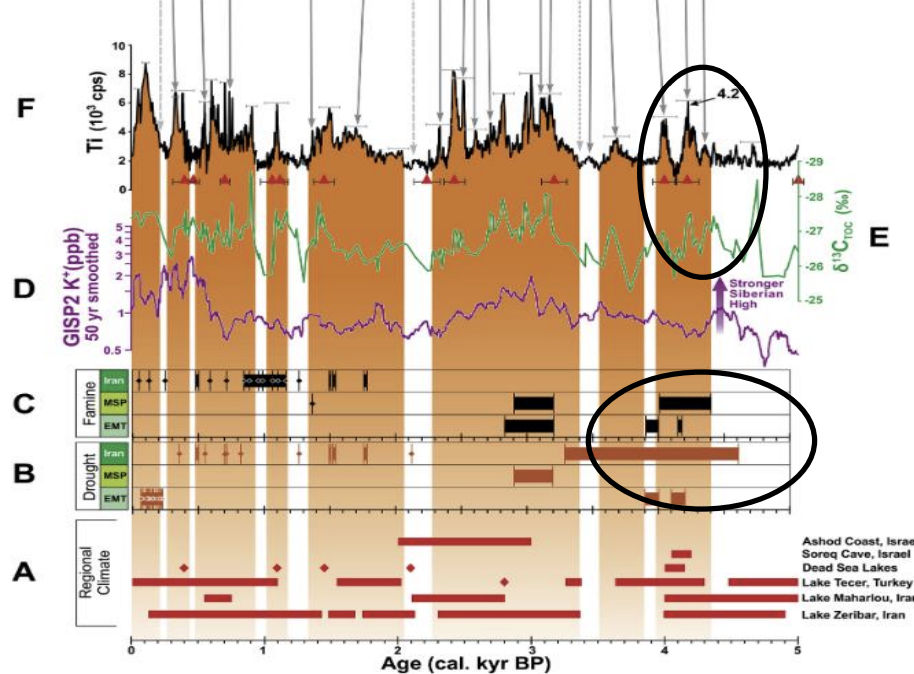Forests/Society Lecture 2
1/58
There's no tags or description
Looks like no tags are added yet.
Name | Mastery | Learn | Test | Matching | Spaced |
|---|
No study sessions yet.
59 Terms
What does Gilgamesh tell about how society viewed forests?
specific forests could connote ‘sacred' representations of the universe as a whole
Elements were conceived in relationship to one another and their
disruption, ‘even in thought’, would affect the entire universe
What did viewing forests as a whole do consequently?
This need to fit the ‘whole’ into a single system —> which reduced the multiplicity of elements to a single instance,
Maybe necessity of cognition
When did Gilgamesh reign
about 5000 years ago
27th century BC (2700–2600 BC)
How much of the forests have human deforested since then?
3 billion hectares of forest, representing 45% of the original, global, forest cover
Summary of Gilgamesh
Gilgamesh enlists the aid of Enkido to secure timber from the Cedar forest for the fortification of the city of Uruk.
they must first eliminate the ogre Humwawa, who protects the forest for the God Enhil.
What is the tension in this story?
e tension between practical human needs and the conception of an overriding, purposeful, holistic order in Nature.
What was the basis of Gilgamesh’s destruction of the Cedar Forest?
personal glorification
a social structure that rewarded deeds of societal benefit
cedar timbers were destined for the construction of temple doors and the famous ‘Walls of Uruk”
What choice does Humbawa give Gilgamesh?
don’t kill him —> take some trees and the left will be protected by him for him
What kingdom does the Epic of Gilgamesh in?
Uruk
Largest city in the world at time time (6 km² walled area)
50,000 - 80,000 residents
What did Uruk represent?
leading role in early urbaninzation in the Sumer (region in southern Mesopotamia )
When did Gilgamesh rule
legendary king
In Sumerian king list —> ruled Uruk in 27th century BC
Where was Uruk?
Mesopotamia, in what is now modern-day Iraq.
It was situated east of the current Euphrates River,
along the coastal plain of the Tigris (top) and Euphrates Rivers (bottom)
What development occurred in 7500 BC (historical context) in Uruk/mesopotamia ?
agriculture
How was agriculture used in Uruk?
uruk in coastal plain of the Tigris and Euphrates Rivers
canals were first employed to irrigate crops
environmental manipulation —> increased yields and more regular harvest
economic surplus of food
What happened due to surplus?
a portion of society could be freed from the daily tasks of agriculture itself, —> to increased population concentrations, the formation of complex hierarchical social structures,
the presence of organized religion, skilled craftspeople, extensive urban centers, writing, temples, and monuments.
What did the cultural centers of Sumer and Akkad-Uruk emerage as?
first great civilizations (6000 BP)
when was the earliest written account of deforestation?
imprinted upon cuneiform tablets derived about 6000 BP
What is special about Gilgamesh time wise?
s humanity's oldest written myth
Wha way has the Epic mostly been interpreted in?
personal and sociological sense
Friendship
Mortality
Meaning of life …
Did Gilgamesh actually exist?
yes: 5th ruler of the Sumerian city/state of Uruk, in the early part of the fifth millennium (1000 years) BP
What was realistic about the Gilgamesh Epic?
quest to secure wood
Why did Uruk want to travel for wood?
Agricultural based, city states such as Uruk, situated on the plains of the Tigris and Euphrates had limited access to forests —> had to venture far to secure wood resources
What did Uruk most likely encounter on quest for wood?
most likely by confronting forest tribes in Persia, Arabia and Cappadocia
What was interesting about the Epic’s description of the cedar forest?
one of few episodes in Babylonian narrative poetry where attention is paid to landscape
The cedars drip their aromatic sap in cascades
the Cedar Forest was, in the Babylonian literary imagination, a dense jungle inhabited by exotic and noisy fauna.
What was represented by the cedar trees?
incense’s is a rare luxury imported from afar to Babylonia.
The allusion to exotic and costly materials from fabulous lands is a common literary motif.
How is Humbaba shown in the Epic?
not as a barbarian ogre —> a foreign ruler
entertained with music at court in the manner of Babylonian kings by the animals around him
“The chatter of monkeys, chorus of cicada, and squawking of many kinds of birds formed a symphony (or cacophony) that daily entertained the forest’s guardian, Ḫumbaba.”
What is maybe the relationship between Humbawa and Enkido?
Humbaba appears to guess that it must be Enkidu returned home —> maybe a reunion
Ḫumbaba’s subsequent betrayal by Enkidu, by bringing foreign/alien Gilgamesh
What did Gilgamesh and Enkidu know would happen if they killed Humbawa?
anger the gods —> especially Enlil
reaction after event —> hint of guilty conscience —> ecological regret
Enkidu remarks “we have reduced the forest [to] a wasteland”
What does Gilgamesh show about human relationship to the environment in the past?
they liked forests —> perspective we can empathize with and try to understand actions
careful to not over-interpret
What kind of historical interpretation did we use for Gilgamesh?
interpretation based on motives, meaning, and subjective aspects of action
method of intuition instead of rational-causal explanation
Try to guess motives through empathy and not direct consequences in story?
Does the Epic have a singular author?
no
reinterpreted over millenium —> proceed with caution
extract what knowledge we can given what we have learnt from modern science
What is an important artifact from this time period?
foundation tablet
Lapis lazuli.
From Sippar, Iraq Early Dynastic period (III), c. 2450
Found in the temple of Ishtar?
What does the tablet record?
Lugal-kisalsi (Lugal-silasi), king of Kish, records his building activities
the courtyard wall of a temple complex for the gods
Says to read out the travels of Gilgamesh
Talks about Utnapishtim?? —> wise of all things, revealed the secrets, and saved them from the flood
A guide for kings?
How can the ideal relationship between humanity and environment be found according to the Epic?
only derived by accessing scales beyond the immediately familiar
knowledge is not always literal
Who does Gilgamesh and Enkido represent?
attempt to explore and reconcile inherent cultural tradeoffs
examine polarities between nature and culture
How does Enkido show polarity?
Enkidu created by the Godess Aruru and Ninurta to be a wild man and become the nemesis of the King of Uruk
Enkido meets civilization —> animal status gone —> replaced with wisdom (trait unique to humans and gods)
“‘You are wise Enkidu, and now you have become like a God. Why do you want to run wild with the beasts in the hills?"
What idea began in the Paleolithic era?
humans saw themselves like animals but able to assert will over then
distinction accentuated by ‘civilized' urban society
What are the examples of polarities?

What is technocentric?
suggest that the dominant worldview is generally optimistic about the future and humanity's ability to transcend its physical and environmental limitations.
The application of rational and ‘value-free' scientific and managerial techniques to mold the ‘neutral stuff' of the environment into goods and service
Who created the technocentric mode?
Hays 1959
What is ecocentric?
presumes that an order exists in which all things act according to Natural law
A mixture of ecology and Romanticism, it posits an equality between, or subordination of humanity to Nature.
it seeks permanence and stability based upon ecological principles of diversity and homeostasis
Who created the ecocentric mode?
McConnell 1965
What does Enkido’s lost of animalness show?
something is lost when civilized society ‘wins’ over uncivilized society.
Enkidu is lured away from nature.
Enkidu and Gilgamesh kill Humbawa.
Enkidu is judged for having betrayed nature.
Enkidu is destroyed by the gods.
What is the final lesson of duality in the Epic?
Balance of nature
Balance in nature can and will be disrupted
probably the most important ‘ideal' about Nature that we have received from the ancients
What is Gilgamesh ultimatley a story about?
a story related by Gilgamesh himself to you the reader.
It is a guide for Kings
Who was Gilgamesh in the beginning of the story?
epitome of what Tocqueville (1840) would call égoïsme, "a passionate and exaggerated love of self, leading a man to "connect everything with himself and to prefer himself to everything in the world."
How did gilgamesh begin this ethical journey?
begins with introduction to Enkidu: a pure, uncorrupted, child of nature
Gilgamesh introduces to him pleasures and responsibilities of frienship
How does Gilgamesh end his journey?
visiting the immortal Uta-napishiti
protagonist of the flood myth
Was there an actual flood?
possibly, hard to prove
Maybe gigantic flood 7,600 years ago in the Black Sea —> Water burst through Bosporus Valley which poured into lake with large force —> force people out
we have experienced floods through history and under changing climate

What is the biggest issue of a climactic scale?
drought or desertification

What is the 4.2 ka bp event
evidence of a drying climate —> collapse of central authorities —> people moving to escape newly arid zones
4,200 yrs ago
Why is the 4.2 ka bp event important in a timeline?
in 2018 it became enshrined in the geological timescale as the start of the current age
called the Meghalayan
named after a region in India in which a stalagmite holds a record of the climatic shift.
What is the evidence for the 4.2 ka bp event?
city temporarily abandoned for a 300 yr hiatus
people lived 2700 - 2200 bc, returned around 19— bc
20-centimetre-thick layer of grey sand-like pellets mixed with other fine powders around 2200 bc
stark contrast to the thick loams from around 2300 bc.
why is there controversy around the 4.2 ka pb event?
some argue evidence shows not a global drought
instead: series of droughts around the time rather than one long dry spell
Or, shifts confined to certain regions
What is meant when societies collapse (arguements over whether climatic shifts can be said to cause societal disruption)
Summary:
one calling for global catastrophic event —> deep lessons for humanity
other: things are more subtle than large easy answers
What did Climate and Society researches tend to present of past societies in the early twentieth century?
past societies as isolated and homogeneous systems with internal characteristics that make each more or less vulnerable to environmental disruption.
What is the issue with this viewpoint?
missed diversity within societies '
missed connections between societies
gave rise to overlapping local areas of vulnerability and resilience, prosperity and crisis, along schisms shaped by (for example) gender, race or class.
What does the idols of academica typically seek in results?
large scale dramatic results and mostly ignore the rest
Ex:
McNamara fallacy
Selection bias toward crisis and collapse
excessive focus on agrarian empires
correlation equated with or too easily associated with causation
insufficient attention to uncertainties
streetlight affect
relevant disciplines missing or under represented
What is the McNamara Fallacy?
ignoring what cannot be quantified
What is the streetlight effect?
(use of accessible but incomplete data sets)